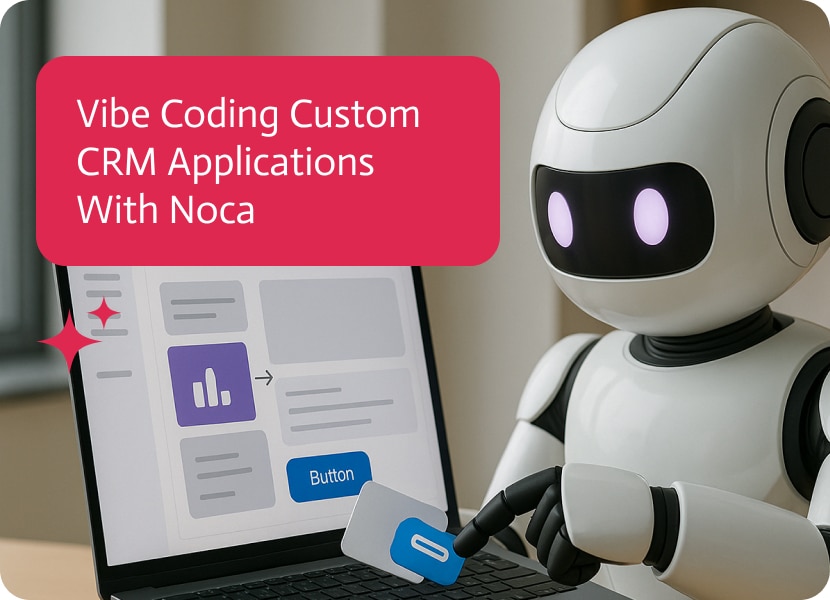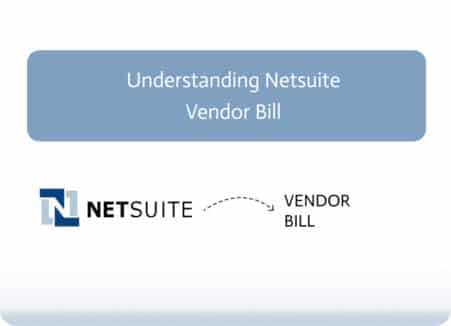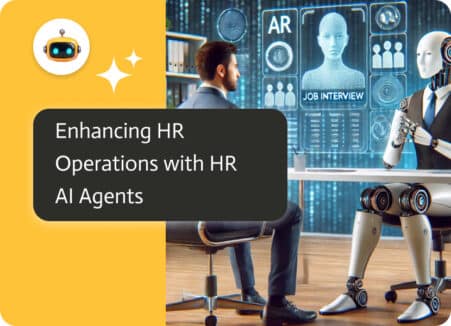

Vibe Coding an Automated Case Management App
Customer service leaders have wanted the same thing for years: a clean way to capture every request, route it to the right person, meet response time promises, and learn from trends. What’s changed is how fast you can build an automated case management app and how much of it you can automate without turning support into a maze of rigid menus. That’s where vibe coding, the act of simply describing your needs in plain language and letting AI generate working software, comes in. Noca makes that idea practical by turning a few sentences into the bones of a real app: data models, screens, workflows, and the glue that connects to your CRM and messaging channels.
An automated case management app built this way doesn’t feel like yet another ticketing tool. It behaves like a living workflow that categorizes, assigns, and escalates cases on its own, while giving AI agents a clear dashboard and managers the analytics they need to spot problems early on.
Benefits of Vibe Coding for Case Management
Traditional app projects start with a spec, then weeks of design and build. Vibe coding compresses that. You describe the workflow: “When a case comes in, auto-tag by product and sentiment, assign to Tier 1 unless priority is ‘urgent,’ then escalate to Tier 2 after 2 hours without a reply,” and the system drafts the objects, forms, and automations. Think of it as an editor for intent: you write in plain language, and the platform compiles it into working pieces that you can tweak in minutes.
The point isn’t novelty; it’s cycle time. Instead of waiting for a sprint, your support lead can shape the app the same afternoon a new channel or policy rolls out.
Noca positions vibe coding as exactly that: a way to go from English to functioning software, quickly. For case management, that means spinning up case types, queues, SLAs, and triage rules as you talk through them, then insert the flows into your chosen CRM systems that already speak “cases” and “tickets.”
Steps to Build an Automated Case Management App
A good case app follows a simple loop: ingest → classify → assign → resolve → learn. Each step is helped by automation, but it still leaves room for humans where judgment is needed.
Ingest across channels.
Email, web forms, chat, social DMs, and voice are meant to land in one queue with a single customer record. Omnichannel isn’t a buzzword here, it’s how you avoid split histories and duplicated effort. Reports keep pointing to increased satisfaction, leading to better conversion when conversations feel continuous across channels.
Classify on arrival.
Auto-tagging by product, intent, and customer feeling deal with the rest of the workflow. Generative models now do this well enough to reduce manual triage, and “agent assist” tools surface context and next moves in real time.
Assign with capacity in mind.
Routing should consider agent skills, workload, language, and the clock. This is table stakes in mature platforms, Salesforce’s Omni-Channel, for example, routes by rules and agent capacity, and HubSpot workflows can dispatch tickets to the “best rep” with built-in escalation. A vibe-coded app can do the same while letting you tailor the rules to your team.
Guided Case Resolution
Suggested replies, knowledge articles, and quick actions save time on each case. AI can also score conversations for feeling, accuracy, and results, so managers can coach without listening to every call or reading every message.
Learn from the data
Dashboards should show how old cases are, response times, how often cases reopen, and SLA risk, not just total numbers. Focus on whether the issue was solved and how fast, rather than general stats.
Why Automate? The Real Benefits
- Faster work without chaos. Sorting and routing cut delays in figuring out what a case is and who should handle it. This means faster responses and fewer transfers. Using all channels with smart routing can also reduce wait times and improve first-time resolution rates.
- Consistent service across channels. Customers don’t care about your company structure. A unified case system with shared SLAs and quick actions gives them a consistent experience, whether they contact you on WhatsApp, the web, or the phone. This consistency builds loyalty. Customers reward brands that solve issues quickly on the channel they’re already using.
- Happier agents. Good tools remove repetitive tasks, suggest answers, and help agents focus. Real-time help and summaries change the job to diagnosing and solving, which is where people add the most value.
- Better coaching and planning. When every interaction is analyzed, you can coach with facts, not guesses. Trending issues show up on dashboards before they become major problems.
- Measurable ROI. Data shows that AI is delivering real benefits, from handling more cases to faster solutions and lower costs. The goal isn’t to replace people, but to make sure they focus on the difficult problems where they’re most needed.
How Noca Builds Automated Case Management Apps
Noca’s approach to vibe coding is simple: describe what you want, get working software, and refine it as you go. For case management, this looks like:
Building with plain language:
“Create a ‘Case’ type with fields for channel, product, severity, and customer feeling; make queues for Tier 1–3; the default SLA is 4 hours to first reply, 24 hours to solve. Assign by product and language; escalate at 90 minutes of inactivity for urgent cases.”
Automated workflow creation:
The system creates classification rules, assignment logic, timers, and notifications. You can adjust the flow, change a setting, add a manager alert, or update a response without needing to code.
Easy connections:
Instead of replacing your CRM, the app can work with tools like Salesforce or HubSpot and share cases, contacts, and conversations. These systems already handle case routing, queues, and escalation. Vibe coding lets you manage them with rules that match how your team actually works.
The Agent Dashboard
A dashboard should be helpful, not confusing. The key features:
- A simple queue: One list that combines tickets from email, chat, and social media with clear priorities and SLA timers.
- Easy access to information: the last three interactions, knowledge articles, customer details, and a summary of the issue written by AI.
- One-click actions: quick replies, status updates, and transfer options. If the case is stuck, the best action is clear: request more info, transfer to billing, or escalate.
- Health signals: Flags for likely to reopen, high effort, or VIP at risk help you decide if you should spend extra time now to avoid more issues later.
SLAs that mean something
SLAs often decay into wallpaper. Make them real:
- Tie first response and resolution timers to severity.
- Start escalation paths earlier than you think, with alerts to a named person, not a faceless channel.
- Track SLA at risk in the main queue, not buried in a report.
These ideas follow standard case and issue handling and match how major platforms handle queues, priorities, and escalation.
Multi-channel Support Without The Mess
If your customers love WhatsApp, don’t force them to switch to email to get help. A modern case app should:
- Pull in messages from chat, social, email, forms, and voice.
- Keep a single timeline per customer.
- Let agents reply in place while keeping the record in sync with your CRM.
Industry data continues to show that seamless conversations lift spend and retention. The trick is to present one queue to the agent and one thread to the customer, even if six systems are involved.
Trust and Guardrails in Case Management Automation
Automation is great, until it isn’t. Three guardrails keep it human:
- Know when to hand off. Sensitive cases (fraud, billing disputes, outages) should jump to a human quickly. Even the most bullish AI headlines admit there’s a ceiling for automation, and handoffs are an important part of the design.
- Make the bot an advocate, not a gatekeeper. People sour on AI when it traps them. Give customers an easy way to reach a person and train your agentic flows to aim for solving the issue, not deflection at all costs. Trust is earned with each interaction.
- Leave an audit trail. Log every automated action, classification, suggested reply, and knowledge link so teams can review and improve the system, it goes a long way in helping you keep the quality high as things change.
Implementation Blueprint
- Weeks 1–2: Map the truth on the ground.
Pull the last 90 days of cases. Group them by product, channel, language, and outcome. Identify the top intents and the “always escalates” set. Decide on three SLA tiers and the contact paths that bypass automation entirely.
- Weeks 3–4: Build the core in Noca.
Describe the data model and flows in plain language; let the platform scaffold the app. Connect to your CRM and messaging channels. Mirror your current queues and assignment rules to ensure the first try behaves like your team expects.
- Weeks 5–6: Turn on smart triage.
Add auto-tagging for product, sentiment, and language. Begin with “assist” (recommendations) before “auto” (actions) so agents can correct mistakes and you can tune the rules.
- Weeks 7–8: Bake in SLAs and escalations.
Define timers per severity. Add alerts at 50% and 80% of the window. Wire a hard-escalation path to Tier 2 or an on-call rotation with a human owner.
- Weeks 9–10: Roll out the agent dashboard.
Keep the first version simple: queue, context, macros, and SLA risk. Launch with a short coaching loop, 15-minute stand-ups to review unusual cases and adjust rules.
- Weeks 11–12: Measure and decide.
Compare pre- and post-metrics: first response time, and time taken to resolve, first-contact resolution, reopen rate, and CSAT. Keep what’s working, retire what isn’t, and plan your next two improvements.
Key Metrics for Case Management Success
- First response time: The quickest morale win. If it’s high, the fix is often better routing and a few solid macros with personalized variables.
- Resolution time: Reduce “ping-pong” by giving agents more context and permission to solve without passing the buck.
- First-contact resolution (FCR): Pair suggested replies with links to the right workflow so an agent can request the missing info or trigger a fix on the spot.
- Reopen rate: High reopens usually mean either a bad macro or a knowledge gap. Use conversation analytics to uncover trends and update the article or reply template.
- SLA attainment: Track “at risk” in real time; late warnings aren’t warnings.
- CSAT and effort: Don’t chase a perfect number. Watch the verbatim comments for where automation felt pushy or opaque, and add a faster path to a person.
A note on agentic AI
There’s a lot of talk about “agents” this year: systems that don’t just answer but take steps, reset a password, schedule a return, and cancel a subscription. In contact centers, this is moving from demo to production. The right way to use it in case management is to give the agent an always-available helper that drafts actions but makes the human the decider. It lifts output without removing control. Analysts covering CX have been clear: agentic approaches are the next phase, however, the objective is still to solve problems faster and more efficiently.
Final Thoughts
An automated case management app built with vibe coding does three things well. It shrinks build time so your process can keep pace with reality. It keeps promises by enforcing routing, SLAs, and clear handoffs. It is continuously learning, turning each week and what’s happened into insights you can act on, such as new macros, better articles, and saner policies. Noca’s approach makes it much easier to get there: you describe the outcome, watch the scaffolding appear, and then tune it alongside the people who will use it every day.
Pair that with proven case features in platforms like Salesforce, and you get the best of both worlds, a workflow that matches how your team thinks and tools that have already solved the hard plumbing for queues, rules, and escalations.
The result isn’t a future fantasy. It’s a calmer queue, shorter waits, and cleaner customer reviews. In a year where most CX leaders are finally seeing real returns from AI, that’s exactly the kind of progress your customers will notice.


